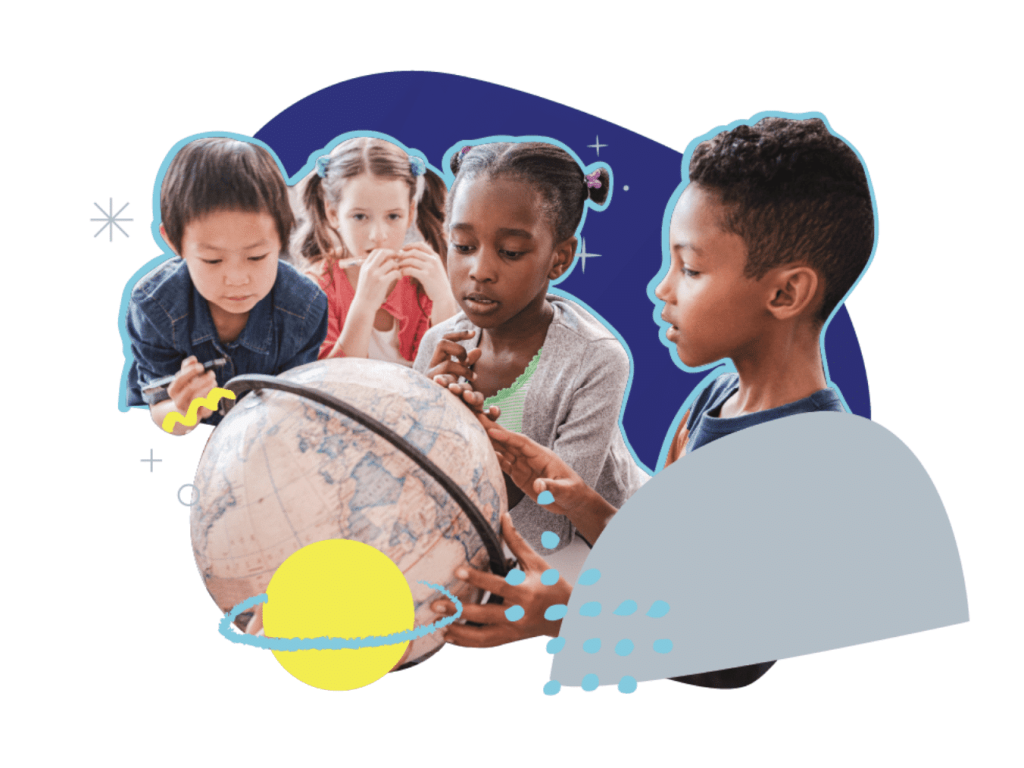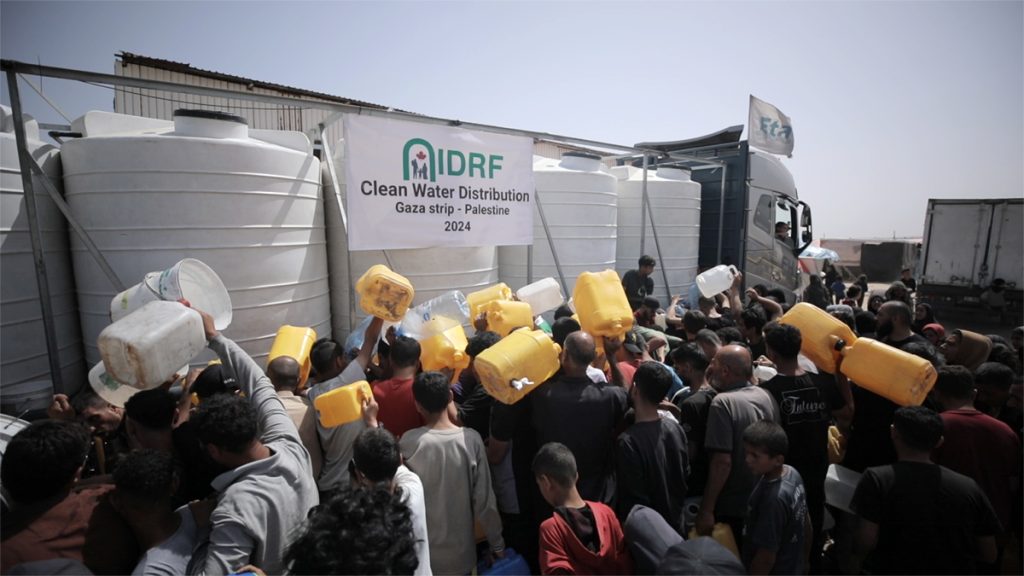COVID-19 posed a threat to its survival, but a quick pivot to online learning saved the day for L2L
| Source: IDRF
TORONTO, Oct. 20, 2021 (GLOBE NEWSWIRE) — Every year, socio-economic barriers prevent some young Canadians from getting the full benefit of a quality education. This is particularly true for students from racialized communities, whose families are newcomers to Canada, and who come from low-income families that cannot afford extra educational support for their children.
In fact, only 31% of youth from the bottom income quartile attend post-secondary education, compared to 50.2% from the top quartile.
Yet, without a quality education, what chance do these disadvantaged students have to compete in a high-tech world, earn a decent income, and create a rewarding life for themselves and their families?
Twenty years ago, a group of concerned Canadians recognized this challenge, and with the help of their first patron The Honourable Lincoln Alexander, established a peer tutoring, student mentoring and educational support program.
Called Licensed to Learn (L2L), the program launched in 2002 by training a handful of student tutors at a single school in the Toronto District School Board (TDSB), who went on to work with students at a neighbouring elementary school. From the start, L2L’s goal has been to make academic support accessible to all Canadian students at both the elementary and secondary school levels by empowering young leaders and implementing free peer-tutor programming in schools nationwide.
L2L programs include tutor training and structured peer-tutoring sessions which are hosted at schools and community agencies at no cost. The program is proven to benefit youth by improving academic success, building confidence, and providing leadership and skill training opportunities.
While highly effective and roundly praised, the program struggled to grow over the first 10 years due largely to insufficient funding.
But in 2013, L2L joined forces with IDRF (the International Development and Relief Foundation), and together they began to expand the program. At the time, IDRF believed L2L had tremendous potential for growth if it diversified its operating model, secure more funding, and expanded its collaboration with school boards and community agencies to target schools and students with the greatest need of support.
L2L typically operates out of 100-120 schools. Within each school, there are two teachers and/or administrators who oversee the program. Overall, some 220 teachers and administrators dedicate their time and make it possible for L2L to run each year. Their roles and responsibilities include working alongside an L2L educator/trainer, recruiting youth, organizing and supervising tutoring sessions and matching tutors with peers based on their academic strengths and needs.
Since being absorbed by IDRF and falling under its operational oversight, L2L has expanded nationally and increased its capacity. For example, 35,336 students have participated in the L2L Program over the last 19 years, with 16,984 of them completing the L2L Tutor Training Certification and going on to support 18,352 academically at-risk peers at their schools. In total, L2L tutors have provided over 203,808 hours of free tutoring to students through the program.
L2L Tutors complete 4-5 hours of tutor and leadership training, and dedicate a minimum of 10 hours to supporting their assigned peers. They meet with their peers regularly over the course of the semester or school year. They work closely with the school coordinator and L2L Trainer to monitor the progress of their assigned peers and to respond to potential issues and challenges.
In addition, IDRF has enhanced the monitoring, impact reporting and efficiency of L2L programs. For example, on average the L2L program provides 216 hours of free tutoring and mentorship to students via 18 certified tutors and 18 peer support mentors at each school at a total cost of just $4,537 per school.
More recently, with the support of Royal Bank of Canada through an innovative program called RBC Future Launch, L2L has been able to grow the program and impact even more students in need. For example, in the 2018-19 school year, the program’s impact grew by over 25%, supporting more than 4,500 students. While L2L is most active in Ontario, support from RBC is helping the organization to expand its programs in British Columbia, Alberta, and Nova Scotia. The program is offered at no cost to schools, with all materials, including Tutor Training Manuals and learning resources, provided through funding by RBC and IDRF.
“RBC Future Launch is about preparing young Canadians for the jobs of tomorrow,” says Mark Beckles, RBC’s Vice-President of Social Impact and Innovation. “This is particularly true for disadvantaged students who face more obstacles to obtaining quality education and the self-confidence required to find meaningful and sustained employment. L2L is helping to level the educational playing field for disadvantaged students, and we are pleased to be their partner in this vital mission.”
In the 2019-20 school year, L2L was on track to reach a record 5,000 students, but the program was disrupted by the COVID-19 pandemic which caused many school closures. In response, L2L made a quick pivot away from in-person learning to online learning by digitizing all program materials, launching a new website, and rebranding itself to better reflect the new cultural reality in Canada.
The new website was designed to serve as a hub with activities, information and resources that the dedicated team of L2L Trainers, teachers, administrators and youth could access 24/7. L2L worked closely with the school boards, schools and students in developing these materials, and was able to provide essential support and address the resource gaps created by the pandemic. The adapted L2L program includes virtual tutor training, leadership conferences and additional support for school and students.
In consultations with students and teachers, many voiced their concerns around the increased difficulty in accessing mental health support services. As a response, L2L developed a leadership training on resilience and how to overcome obstacles. The aim of the workshop was to enhance the internal strengths of youth and share information about free resources available to them in the community. The L2L program became an important resource as youth, parents and teachers transitioned into the new virtual learning environment.
« Due to the pandemic, I noticed that a lot of students were struggling with their mental health and dealing with isolation from their friends,” explains one of the program’s tutors. “I joined the L2L program because I wanted to make a difference in my school. »
Despite a major disruption caused by the pandemic and a radical overhaul of the L2L program, the organization continued to meet most of its impact targets for students and tutors. For example, 4,217 students were supported in the 2019-20 school year, which is just 10% less than the previous year. And before in-school learning was halted due to COVID-19, the program was on track to support more than 5,000 students. Throughout pandemic the program has helped make academic supports offered through school and community-based homework help clubs, student tutoring clubs and groups and youth leadership programs, more sustainable. The program has become integrated into the support resources offered through the school boards and been a pivotal resource for students impacted by pandemic.
“After the pandemic, we recognize that virtual programming will continue to be an important part of the education system moving forward,” says Nabil Ali, Director of Programs at IDRF. “It is essential that L2L continue to build on the digital content created this year, and that we further enhance the program’s ability to handle increased demand from students in future.”
What will that future look like for Licensed to Learn?
Thanks to RBC Future Launch, L2L is on track to reach a significant milestone in 2022 – 40,000 students assisted over its first 20 years of operation. And with a goal of reaching more than 5,000 students each year in future, that number could reach 100,000 by its 30th anniversary in 2032.
“We are working hard to sustain the growth of L2L, and to increase the number of students we can help each year,” says Mahmood Qasim, the CEO of IDRF. “Young people represent the future of our country, and every student should have equal access to a quality education regardless of their race, religion or socio-economic status.”
Media contact:
Jey Pakeerathan, Media, PR and Government Relations Coordinator
Tel: 416-497-0818 (# 523) or Cell: 226-456-0038
[email protected]
Photos accompanying this announcement are available at
https://www.globenewswire.com/NewsRoom/AttachmentNg/12cf9737-7e7c-4c95-87c8-3d9a4158369b
https://www.globenewswire.com/NewsRoom/AttachmentNg/c8dca6a1-13de-469c-a960-a727e200f609

